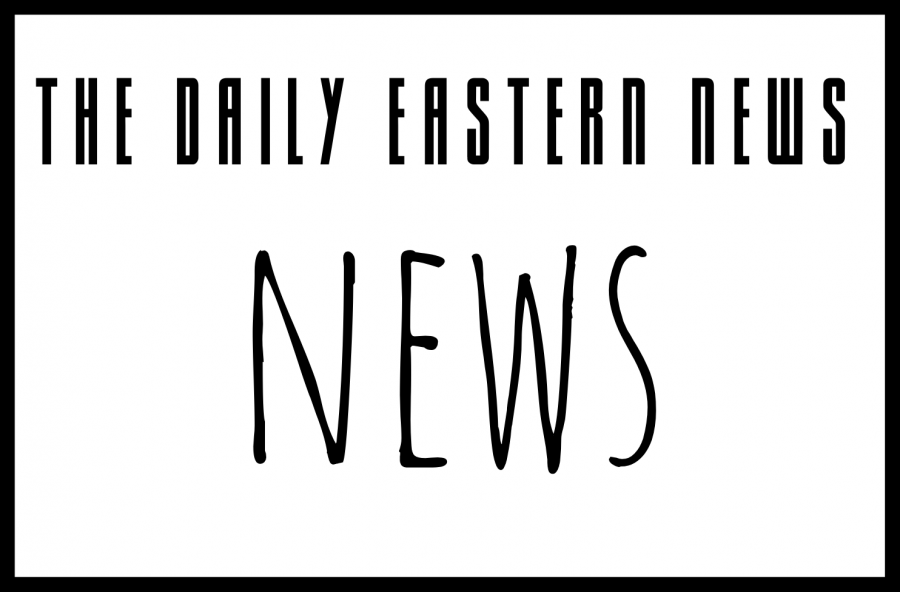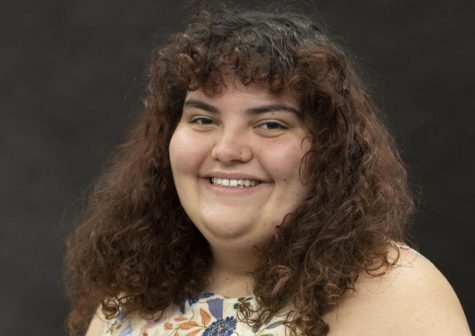Booth to open exhibit on Hungarian uprising
October 10, 2021
An exhibit on the Hungarian Uprising of 1956 will open at Booth Library on Monday at 5 p.m.
Issues leading up to the uprising began in October 1956, “when thousands of protesters took to the streets demanding a more democratic political system and freedom from Soviet oppression,” according to the History Channel.
In response to the protesters, officials from the Communist Party appointed Imre Nagy as the new premier, after he had been removed from office following his critique of Stalinlist policies.
Nagy asked the Soviets to remove their troops and after they did, he attempted to push the Hungarian revolt by abolishing the one-party rule and announcing Hungary was withdrawing from the Warsaw Pact.
On Nov. 4, 1956, Soviet tanks went to Budapest to put an end to the uprising. Fights broke out in the streets but the Soviets overpowered the Hungarian citizens.
History professor Edmund Wehrle said people, especially students should come look at the exhibit to see the strength of college students in the uprising.
“The exhibit commemorates the 1956 Hungarian Uprising, which involved hundreds of thousands of young people challenging a brutal Hungarian communist governments and the Soviet Union which moved in with enormous power to break the uprising. In many ways, the uprising is yet another example of young people trying to remake their worlds. We see the same thing in Hong Kong today…also in Iran, Russia,–and even in Afghanistan, where brave protesters have stood up to the Taliban, of knowing full well what the horrible results would be. So this is an important moment in history that were commemorating—and the moment driven by young people, many university students,” Wehrle said. “The exhibit features some wonderful artifacts collected by Stephen Szigethy, a community member whose father was one of the freedom fighters involved in the uprising.”
The exhibit has been dedicated to Stephen Szigethy’s father, Dr. Bela Szigethy, a man who was involved in the uprising and later settled in Oblong, Illinois.
“(Dr. Bela Szigethy) was lucky in the sense that he managed to escape Hungary after the Soviets moved in and crushed the rebellion,” Wehrle said. “He came to the West and went to medical school and later on practiced for many years in Oblong.”
Wehrle said he believes it is important to show local ties to issues from across the globe when applicable.
Though Dr. Bela Szigethy died a few years ago, Wehrle said his story is still important for people to know.
“What’s amazing to me is that Dr. Szigethy had probably thousands of patients over the years, but most never knew about his bravery and his participation in this historical event,” Wehrle said. “So, these people are all around us.”
Wehrle said if he could sum up what he hopes visitors take away from the exhibit it one word, it would be bravery.
“Just like the protesters today, those involved in the Hungarian Uprising in 1956 shown an almost unbelievable level of bravery,” Wehrle said. “This is what humans are capable of doing.”
“I would invite students and the Charleston community to give this small exhibit a few minutes of their time,” Wehrle said. “It tells an amazing historical story, and I think people from all different types of background will be able to relate to this experience.”
Corryn Brock can be reached at 581-2812 or at [email protected].

















































